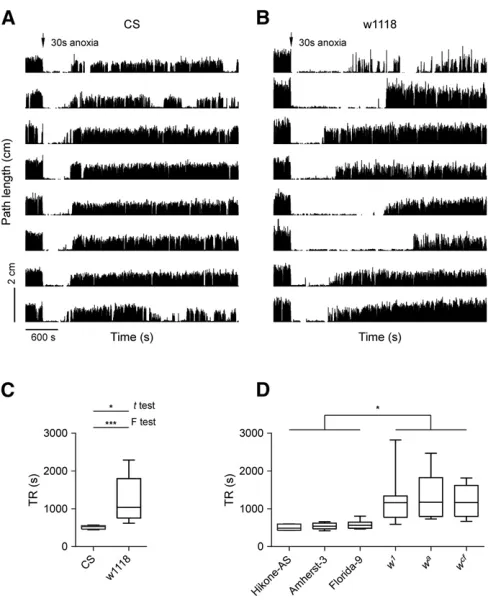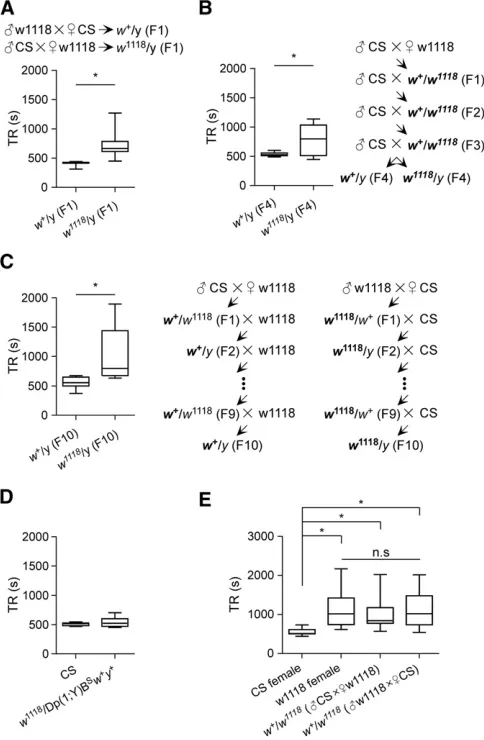Timing of Locomotor Recovery from Anoxia Modulated by the white Gene in Drosophila
Full text
Figure




Related documents
We have previously demonstrated the usefulness of early (<12 h) dexamethasone therapy in reducing the severity of RDS, facilitating removal of endotra- cheal tubes, and
Moreover, in PLS system this problem becomes more serious because part of the loss in case of project failure is borne by the lender too unlike the convectional model where
As consumption of pentoses in the presence of low extracellular D-glucose concentrations was possible, we investigated whether overexpression of Hxt7 or Gal2, transporters with
According to the Illinois supreme court, negligence liability would imposed "where an owner or in possession or control of knows or should know frequent the premises and if
According to many countries or societies, the women’s access to different sectors as health care, employment, education etc, have limit the space between the women and men in
Two species ( Amegilla cingulate and A. chlorocyanea) of Amigella bees were found on the flowers abundantly followed by Giant honey bee ( Apis dorsata ) was also observed on
a Whole leaf area, b length of the rachis, c petiolule length, d number of pixels from leaf base to branching node, e distance from leaflet branching node to next

